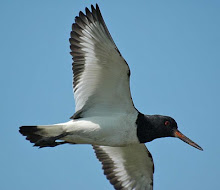Stapelia variegata belongs to a select group of plants with sapromyophilous flowers - flowers that mimic the scent (and sometimes colour and texture) of carrion, attracting fly pollinators that are deceived into laying eggs on them and accidentally pollinate the flowers as they do so. The odour of flowers with this pollination syndrome can vary - from mildly unpleasant (as in the case of S.variegata, where you need to be quite close to detect it) to truly nauseating (as in the case of Dracunculus vulgaris).
The surface of starfish flower feels like wrinkled flesh and those brown spots are rather similar to the early symptoms of putrification in a pale-fleshed corpse.The inner parts of the flower - known as the corona - are surrounded by a raised ring called the annulus and consist of five horizontal bifurcating segments and five bifurcating, upright horn-like structures, which together appear to guide wandering flies towards the functional reproductive organs, although it's not clear exactly how they do this. The male anthers on the inner corona lobes are in the form of a pollinium so are carried off in their entirety on the leg or proboscis of a visiting fly. The stigma is located within the outer corona lobes, which guide the pollinium attached to a visiting fly onto the stigma surface. You can read a plant breeder's account of Stapelia flower structure and pollination here.
Stapelia is a predominantly South Africa genus of succulent plants which used to be classified within the family Asclepiadaceae (milkweeds). This species is very easy to cultivate as long as it's planted in a well drained compost and not overwatered. This is also an easy species to raise from seed - which is worthwhile because the mottling on the flowers is quite variable - so amongst a batch of seedlings you might find something unusual and interesting.















